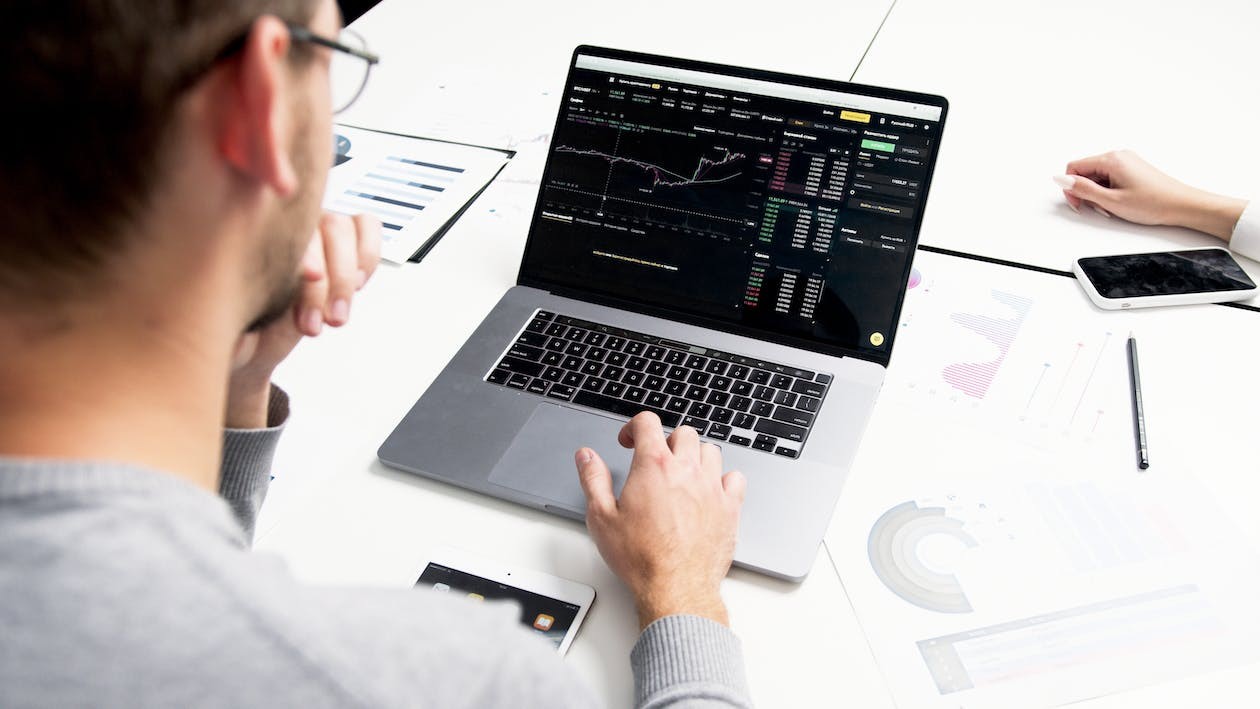Trading is the process of buying and selling things like stocks, bonds, currencies, and commodities in order to make money. Trading is different from buying, which usually involves a “buy and hold” plan. Instead, trading is about taking advantage of short-term price changes in the market. In this blog post, we will explore the world of trading, its different types, strategies, and the tools available to traders.
Types of Trading
There are various types of trading, each with its own characteristics and timeframes. Here are a few common types of trading:
Day
Day trading involves making trades within a single day, with all positions closed by the end of the day. Day traders aim to profit from short-term price movements and volatility in the market. They often use technical analysis, charts, and indicators to identify potential opportunities. As part of their strategy, day traders have reviewed various trading platforms to find the most suitable one that provides real-time data, fast execution, and a user-friendly interface to enhance their efficiency and decision-making process.
Swing
Swing trading involves holding positions for a few days or several weeks. Swing traders aim to capture shorter-term trends and price swings in the market. They may use a combination of technical analysis and fundamental analysis to make decisions.
Position
Position trading is a long-term technique in which buyers hold positions for weeks, months, or even years. Position traders focus on identifying major trends and capitalizing on them. Fundamental analysis plays a significant role, as traders analyze economic indicators, company financials, and other factors that can influence the long-term prospects of an asset.
Scalping
Scalping is a high-frequency strategy where traders aim to make small profits from numerous trades throughout the day. Scalpers often rely on short-term price fluctuations and use techniques like tape reading and order flow analysis to enter and exit trades quickly.
Algorithmic
Algorithmic trading, also called algo or automatic trading, uses computer programs and formulas to make deals based on rules that have already been set. These programs can quickly look at a lot of market information and make deals. Algorithmic trading is prevalent in institutional markets, but it has also become accessible to individual traders.

Trading Strategies
Successful trading requires a well-defined strategy and disciplined execution. Here are a few common tactics:
Trend Following
Trend following is a strategy that aims to identify and ride long-term trends in the market. Traders using this strategy believe that prices tend to move in trends and that by following the trend, they can profit from the momentum. They may use technical indicators like moving averages, trendlines, and price patterns to identify trends and enter trades in the direction of the trend.
Breakout
Breakout buying is when you buy or sell when the price breaks out of a major level of support or resistance. Traders using this strategy believe that breakouts can lead to strong price movements and potential profits. They may use indicators like Bollinger Bands, volatility measures, or chart patterns to identify potential breakouts.
Mean Reversion
A method known as mean reversion is based on the hypothesis that if prices deviate from their average or mean values, prices will eventually return to those levels. Traders that use this approach may seek for overbought or oversold levels in the market and then enter trades in the opposite direction in the hopes of profiting from the price reverting back to its mean. They could use oscillators such as the relative strength index (RSI) or the stochastic oscillator in order to spot possible possibilities for mean reversion.
Range
Range trading involves identifying and trading within a defined range or price channel. Traders using this strategy aim to take advantage of price oscillations between support and resistance levels. They may use support and resistance levels, moving averages, or other technical indicators to identify potential entry and exit points within the range.
News
The practice of “news trading” entails profiting from big news events by anticipating how such events will affect various financial markets. Traders that use this technique pay careful attention to economic reports, company earnings announcements, and other pieces of news that have the potential to affect asset values. They intend to initiate trades on the basis of the anticipated response of the market to the news.
